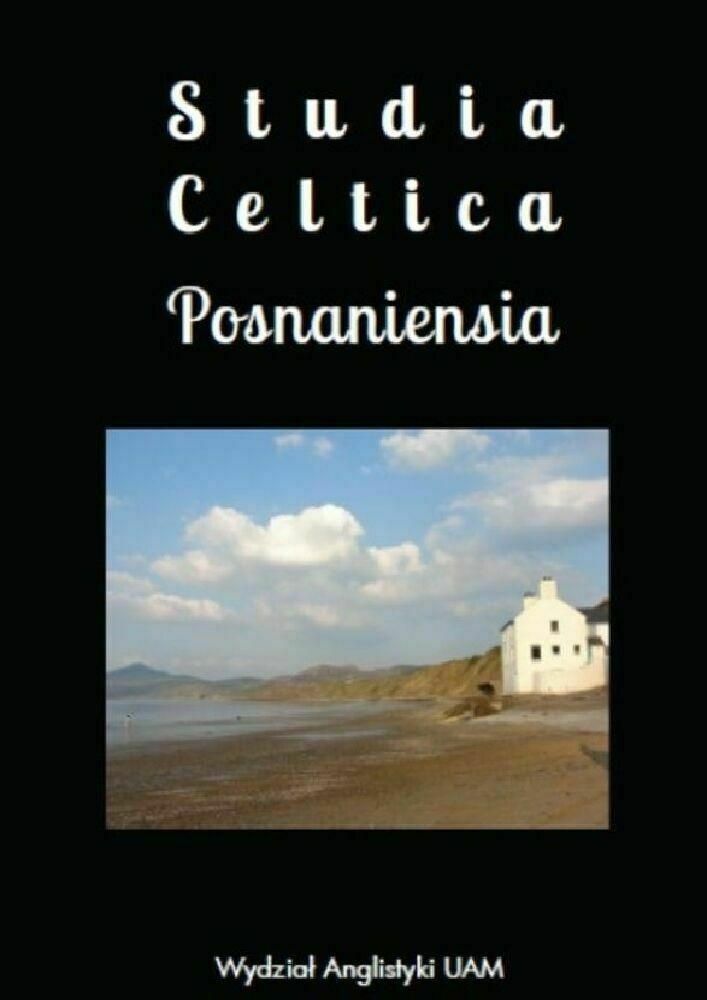DIFFERENTIAL CASE MARKING IN OLD IRISH:
NOMINAL AND PRONOMINAL ARGUMENTS
IN VALENCY ALTERNATIONS
DIFFERENTIAL CASE MARKING IN OLD IRISH:
NOMINAL AND PRONOMINAL ARGUMENTS
IN VALENCY ALTERNATIONS
Author(s): ELISA ROMASubject(s): Syntax, Historical Linguistics
Published by: Uniwersytet Adama Mickiewicza
Keywords: case-marking alternations; pronominal arguments; Old Irish; valency; inflection; lability; ditransitives;
Summary/Abstract: This chapter addresses from a typological perspective case marking of different types of arguments in Old Irish, drawing on the framework of the Leipzig Valency Classes Project (Hartmann, Haspelmath and Taylor 2013; Malchukov and Comrie 2015, ValPaL) and using datasets from Corpus Palaeo- Hibernicum (Stifter et al. 2021, CorPH), supplemented by the Würzburg Glosses. Old Irish is first shown to score high for inflectional behaviour of person according to Nichols’ (2017b) typology of person marking, so that nominal and pronominal arguments are systematically kept apart as to their case marking. The Old Irish values for Nichols’ 42 data-points are given in the Appendix. The contribution then deals with argument marking in relation to valency changes, focusing in particular on alternations with a sample of labile verbs (notably ar·oslaici ‘open’, fercaigidir and londaigidir ‘get angry’ and ‘make angry’, fo·botha ‘get scared’ and ‘frighten’) and with a sample of ditransitives. The data show that a distinct labile behaviour is attested only with pronominal arguments indexed on the verb, so that this alternation comes close to a coded alternation, according to the typological distinction drawn in ValPaL. On the other hand, the promotion of the recipient-like argument to direct object is allowed only with a small set of verbs (notably guidid ‘ask for’, for·cain and múinid ‘teach’), it often combines with argument omission, and is again frequent with pronominal objects, but rather follows the Extended Animacy Hierarchy (Croft 2022). Since, however, the total number of occurrences of nominal arguments for each verb is not very high, a larger corpus would be necessary to conclude that these tendencies were in fact well entrenched in Old Irish grammar.
Journal: Studia Celtica Posnaniensia
- Issue Year: 2024
- Issue No: 9
- Page Range: 1-30
- Page Count: 30
- Language: English

